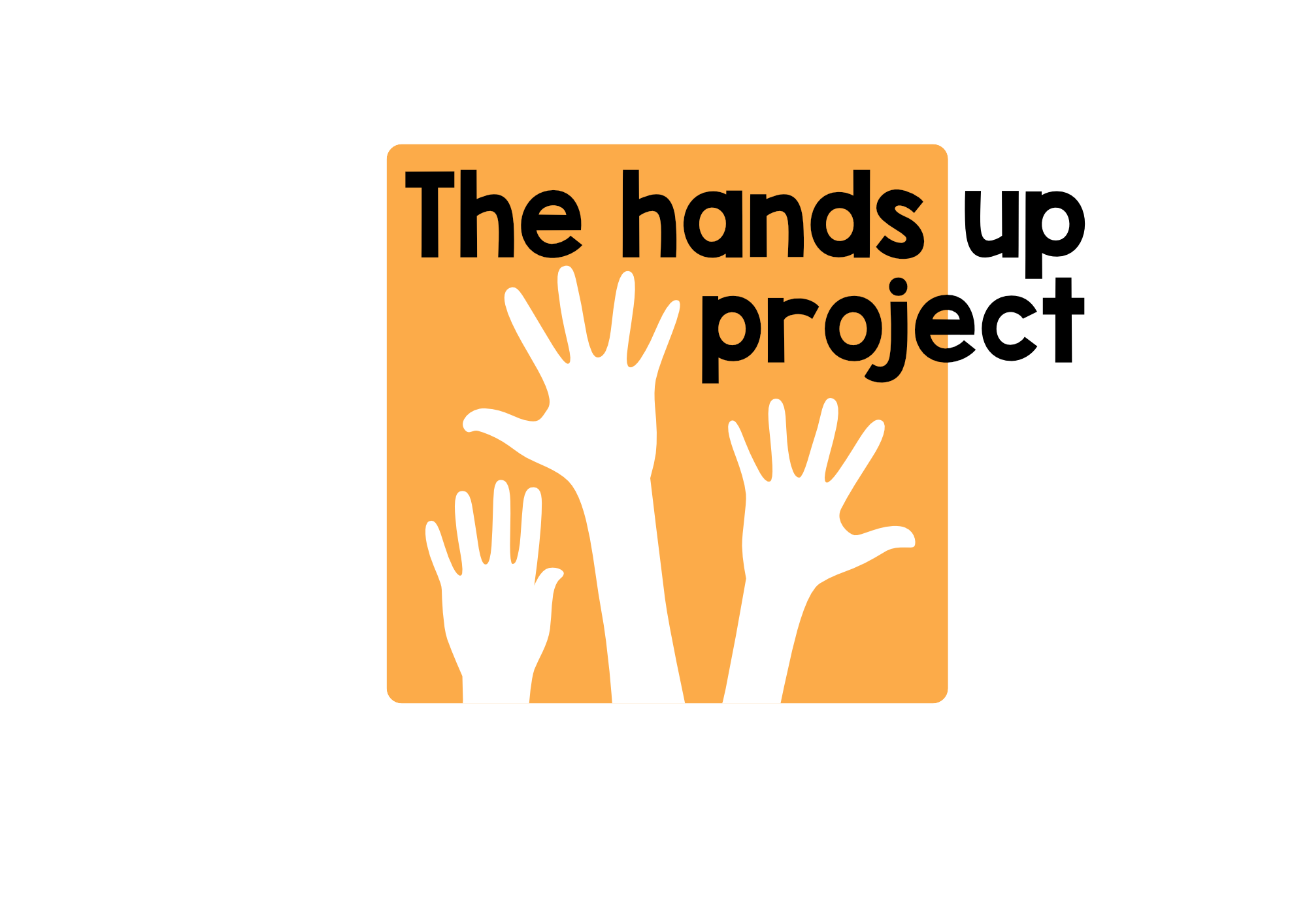Teaching moves: How teachers scaffold learning
This week’s post is by Hands up Project trustee, Scott Thornbury
There is an assumption underlying current ‘communicative’ practice that, so long as the students are using language to communicate, they will get better – not just better at communicating, but that their language competence (grammar, vocabulary, pronunciation) will magically improve.
This is sometimes the case: some learners ‘pick up’ stuff (e.g. words and expressions) from each other. But often they don’t. If left to their own devices, their language competence tends to stall. Indeed, some learners may never say very much at all.
This doesn’t mean we should abandon communicative activities. On the contrary: the more real language use, the better. But there’s a lot of research to support the idea that the value of activities – such as discussions, role plays and drama – can be enhanced by the active intervention of the teacher. Intervention – but not interruption! Experienced teachers are able to intervene in the flow of communicative talk, without stopping the flow or inhibiting the learners, as in this example (from Seedhouse 1997)
Learner 1: On Sunday what did you do ?
Learner 2: Oh er I stayed in home.
Teacher: At home.
Learner 2: On Sunday I stayed at home and watched the Wimbledon Final . What did you do on Sunday ?
Learner 1: On morning …
Teacher: In the morning.
Learner 2: In the morning I took a bus …
Teachers are able to support and improve learners’ language use in this way by using a number of what I call ‘moves’. These moves are collectively known as ‘scaffolding’, because they supply temporary support to the learner but also provide useful data for their long-term learning. As learners become more self-reliant, these ‘scaffolds’ can be reduced or even removed entirely.
These moves do not all come naturally. As Johnson (2019) argues, ‘Teachers need support to develop and refine the complex skills necessary to use an array of interactional scaffolds in large, fast-moving classrooms.’
For the purpose of training, I divide these interactional moves into four main types, according to their purpose (while recognizing that there is considerable overlap):
Participation moves (i.e. moves that encourage participation)
Production moves (i.e. moves that help construct learner output)
Feedback moves (i.e. moves that respond to learner output)
Language focused moves (i.e. moves that focus on features of the language)
Typical participation moves include:
nominating (T: What do you think, Youssef?)
asking display question (eliciting): (T: What does ‘homeless’ mean?)
asking real question (T: What would it be like to be homeless?)
Typical production moves include
modelling (T: Listen: Have you got any sisters? Have you got any brothers? Now, ask each other.)
elaborating (S. It’s a bad decision. T: It’s a bad decision because a lot of people will be made homeless.)
asking for repetition (S: A lot of people will be made homeless. T. Yes. Again.)
asking for elaboration (T: Can you say why you think it’s bad?)
Typical feedback moves include
validating (T. Good. Excellent.)
correcting (S. It no good decision. T. No. Listen: it’s not a good decision)
prompting self-correction, e.g. by echoing with rising intonation (S: It no good decision. T: It no good decision?)
asking clarification (T: I’m sorry, I don’t understand)
recasting (S. It no good decision. T. No, it’s not a good decision, is it?)
And typical language focused moves (also called ‘focus on form’) include:
repeating/highlighting/emphasizing (S. I am not agree. T: Listen: I DON’T agree.)
drilling (T : ‘I don’t agree’. Repeat)
explaining (T: ‘Agree’ is a verb. So you use ‘don’t’ to make it negative.)
checking understanding (T: Is ‘agree’ a verb or an adjective?)
In the accompanying video compilation, you can watch Nick Bilbrough using some participation moves in Hands Up project sessions. Do you use these in your classroom?
References
Johnson, E. M. 2019. ‘Exemplary reading teachers’ use of instructional scaffolds with emergent bilinguals: how knowledge and context shape their choices.’ TESOL Quarterly 53/1.
Seedhouse, P. 1997. ‘Combining form and meaning.’ ELT Journal 51/4.
